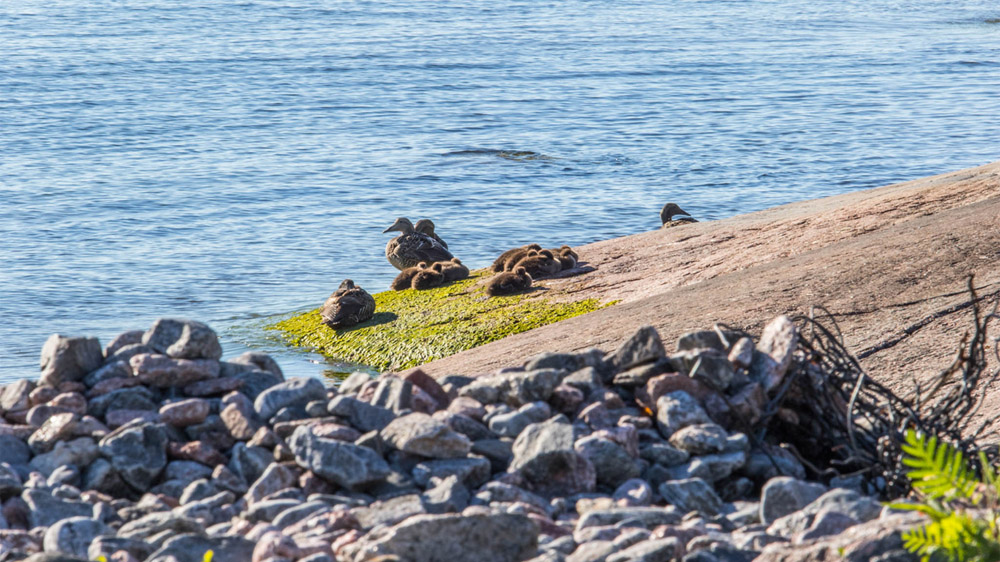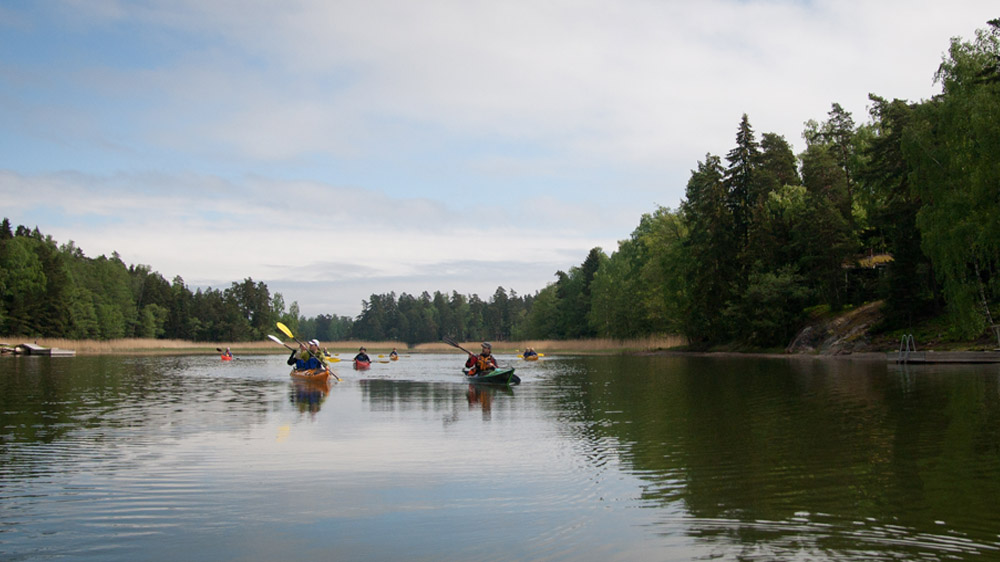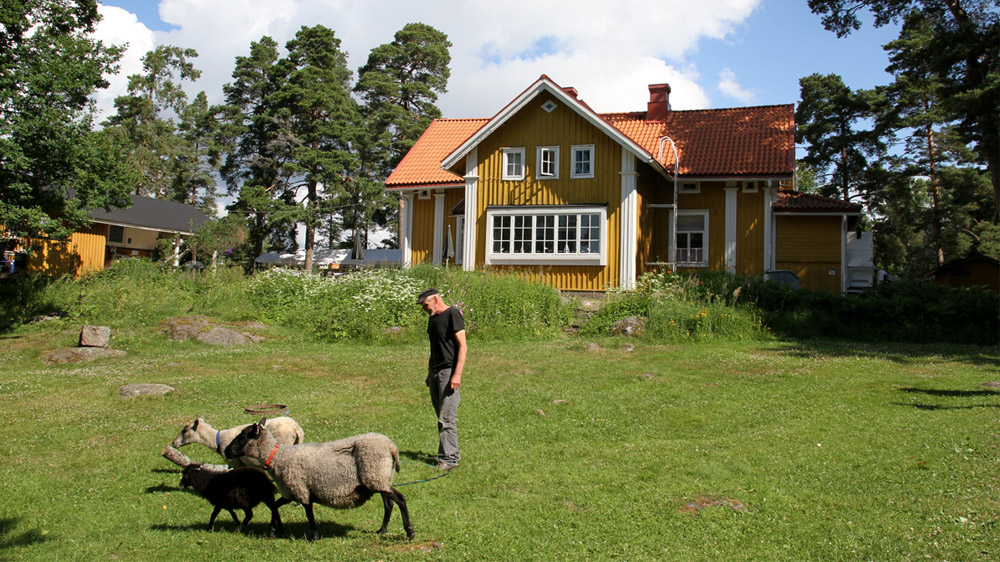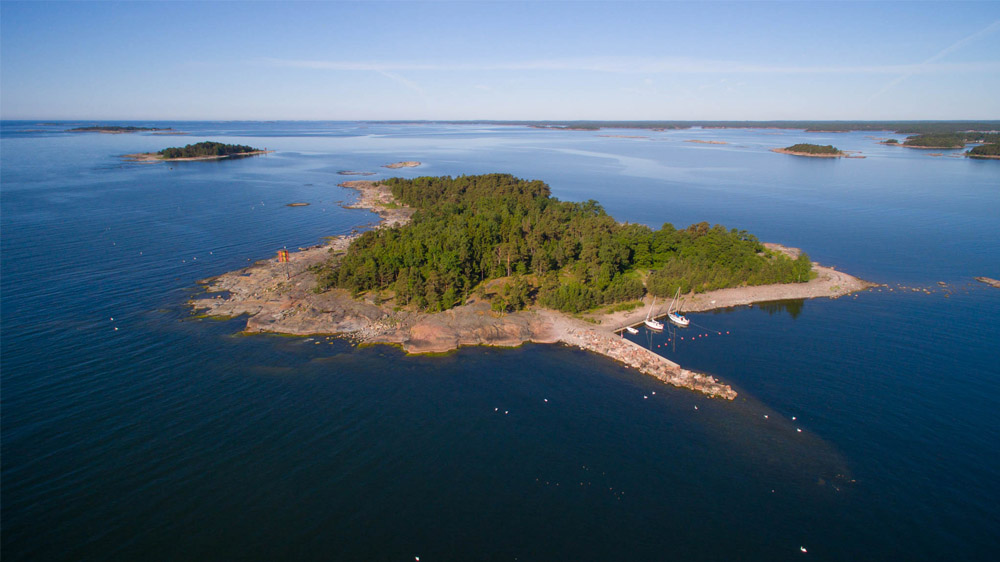
Westlich von Helsinki liegt die Nachbarstadt Espoo – von vielen Besuchern der Hauptstadt oft übersehen, dabei voller natürlicher Schätze, die entdeckt werden wollen. Espoo lässt sich fast als „Finnland im Kleinformat“ beschreiben: Im Süden locken Küste und Schären mit Kultur, Veranstaltungen und Shoppingmöglichkeiten, während im Norden historische Herrenhäuser, idyllische Landschaften und der Nuuksio-Nationalpark mit unberührter Wildnis aus Wäldern und Seen warten.
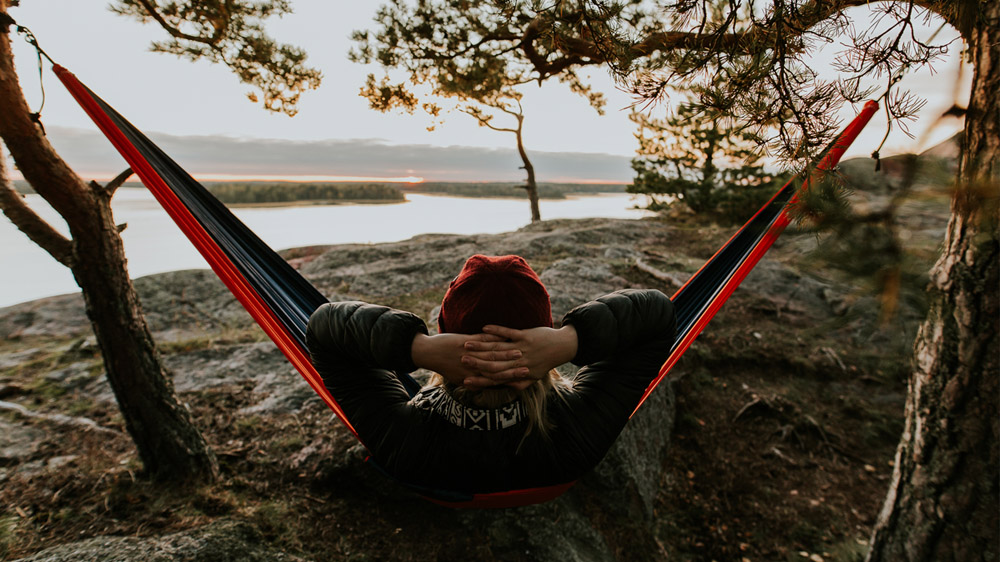
Bequem mit der Metro erreichbar
Espoo besitzt eine rund 58 Kilometer lange Küstenlinie und ein idyllisches Schärengebiet mit mehr Inseln als Hawaii! Dank der neuen Metroverlängerung von Helsinki bis Matinkylä sind die verborgenen Reize von Espoos Küste und Schären jetzt einfacher erreichbar als je zuvor. Viele Metrostationen liegen nur einen Kilometer vom Meer entfernt, und an Stationen wie Matinkylä gibt es Citybikes zum Ausleihen. Von dort gelangt man in wenigen Minuten zu Fuß oder per Rad zur Uferpromenade – oder man setzt die Fahrt mit einem Wasserbus hinaus zu den Inseln fort.
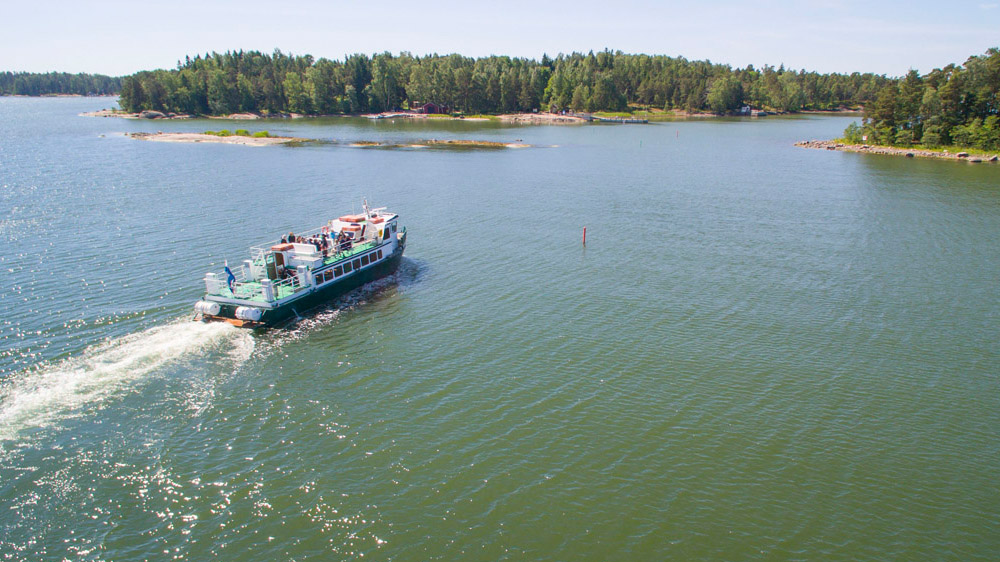
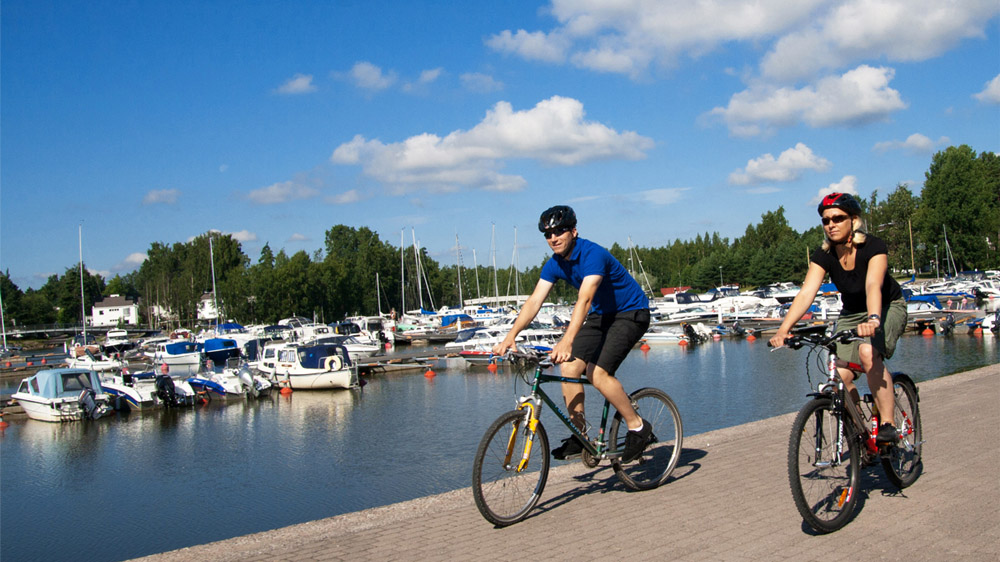
Ein Spaziergang entlang der wilden Küste – der Waterfront Walkway
Die 40 Kilometer lange Uferpromenade von Espoo verläuft entlang der Küste, vorbei an Parks, kleinen Häfen und schönen Sandstränden. Sie bietet Rad- und Wanderwege sowie Zugang zu zahlreichen Attraktionen: Anlegestellen für Wasserbusse, Vogelbeobachtungstürme mit Blick über Feuchtgebiete und Mündungsbereiche, sowie historische Gebäude wie das Naturhaus Villa Elfvik, oder die Villa Rulludd.
Nur 15 Minuten mit der Metro vom Helsinkier Hauptbahnhof entfernt, ist Matinkylä der perfekte Ausgangspunkt. Von hier sind es nur 2 Kilometer bis zur Küste – mit dem Rad noch schneller. Gut ausgeschildert führt die Promenade durch sehr unterschiedliche Landschaften: Naturschutzgebiete, felsige Wälder, die beliebten Strände von Haukilahti und Mellsten sowie zahlreiche kulturhistorisch interessante Orte.
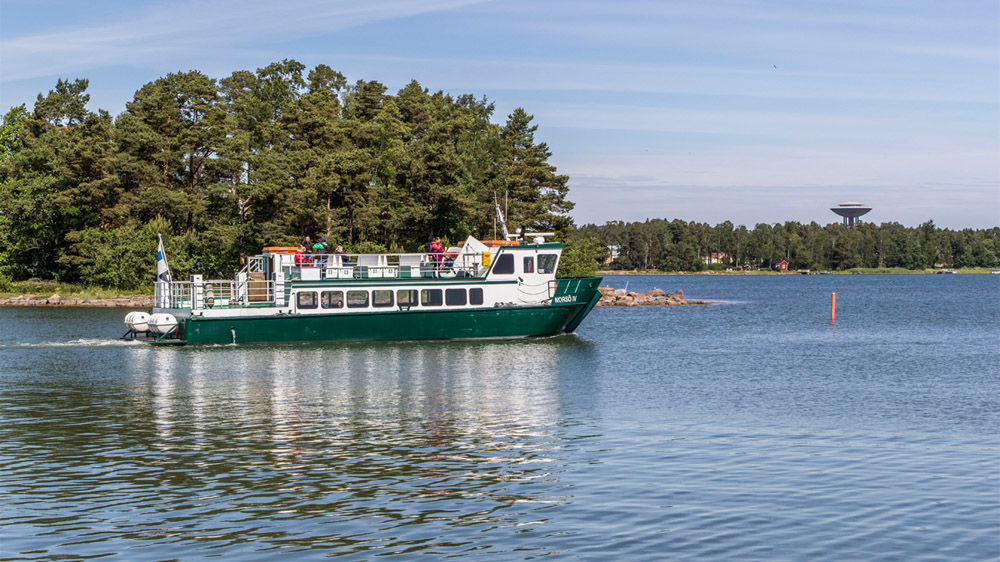
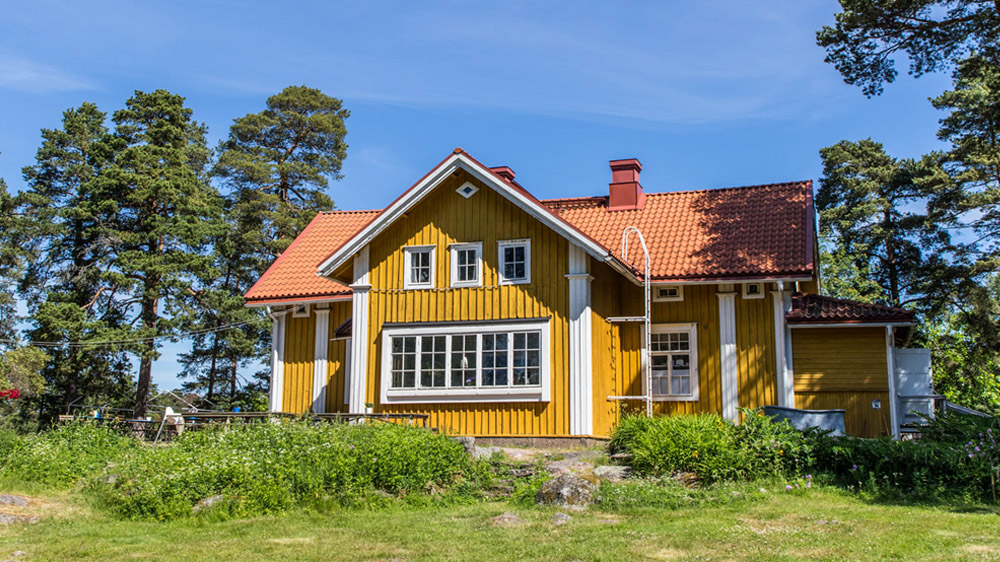
Schärenabenteuer
Von Juni bis September bringen regelmäßige Wasserbusse Besucher zu fünf Inseln des Espoo-Archipels: Iso Vasikkasaari, Gåsgrundet, Rövaren, Stora Herrö und die neu eröffnete Insel Pentala. Einstiegsmöglichkeiten gibt es u. a. in Otaniemi, Kivenlahti, Suomenoja, Haukilahti, Nokkala und Suinonsalmi. Fahrpläne sind auf der Website der Stadt Espoo abrufbar.
Ein besonderes Highlight ist das neue Schärenmuseum Pentala in der Espoonlahti-Bucht. Hier erzählen 15 historische Gebäude – darunter ein Fischerhaus aus den 1790er-Jahren – von der maritimen Kulturgeschichte. Neben Ausstellungen führt ein Naturpfad zum Pentalanjärvi-See und zum Sandstrand Diksand. Auch ein neues Restaurant, das Archipelago-Restaurant Paven, lädt zum Verweilen ein.
Die Insel Iso Vasikkasaari ist größtenteils Erholungsgebiet mit artenreicher Natur. Hier steht auch eine Nachbildung des Poseidon-Tempels. Sommergäste finden das Restaurant Gula Villan und das Café Vasikkasaari in einem alten Fischerhaus.
Gåsgrundet gehört zu den drei äußeren Inseln, auf denen Camping erlaubt ist. Die Landschaft reicht von glatten Felsen über Wiesen bis zu lichten Kiefernheiden. An der Nordküste liegen kinderfreundliche Sandstrände.
Rövaren ist von Felsen geprägt und ein beliebtes Ausflugs- und Campingziel. An der Südwestküste wachsen typische Küstenpflanzen, auf den Heiden Heidel- und Preiselbeeren. Feuerstelle, Schutzhütte und Holzlager sind vorhanden.
Die felsige Insel Stora Herrö bietet neben privaten Sommerhäusern im Süden weitläufige Erholungsgebiete mit Campingmöglichkeiten im Norden und Osten. Neben Kiefernwäldern gibt es hier auch Fichtenbestände und ein kleines Sumpfgebiet im Söderviken.
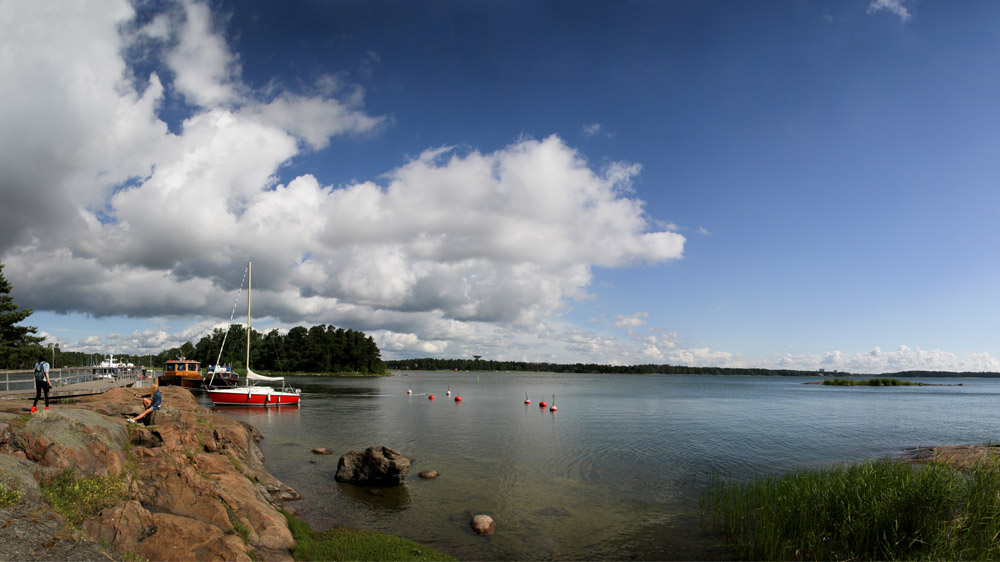
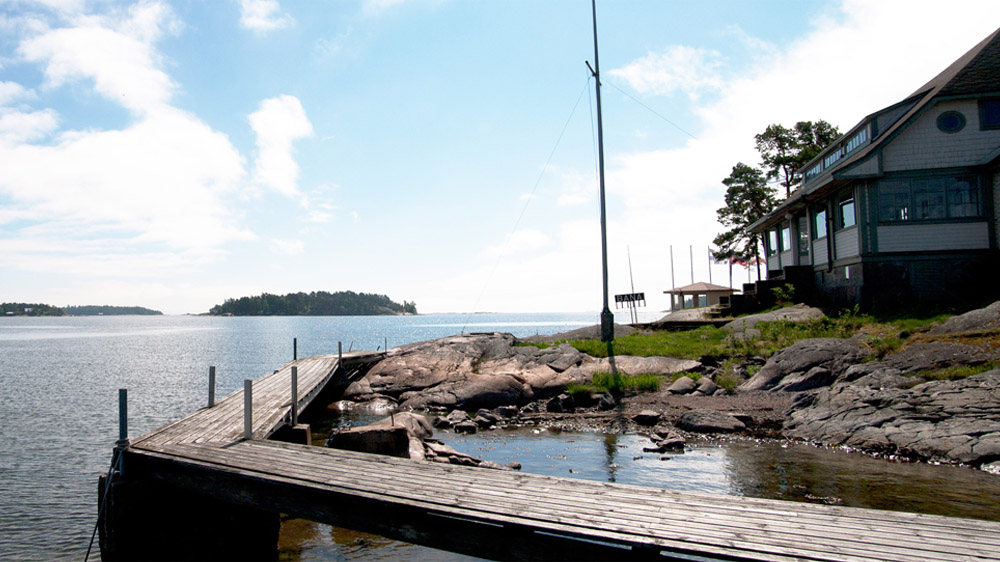
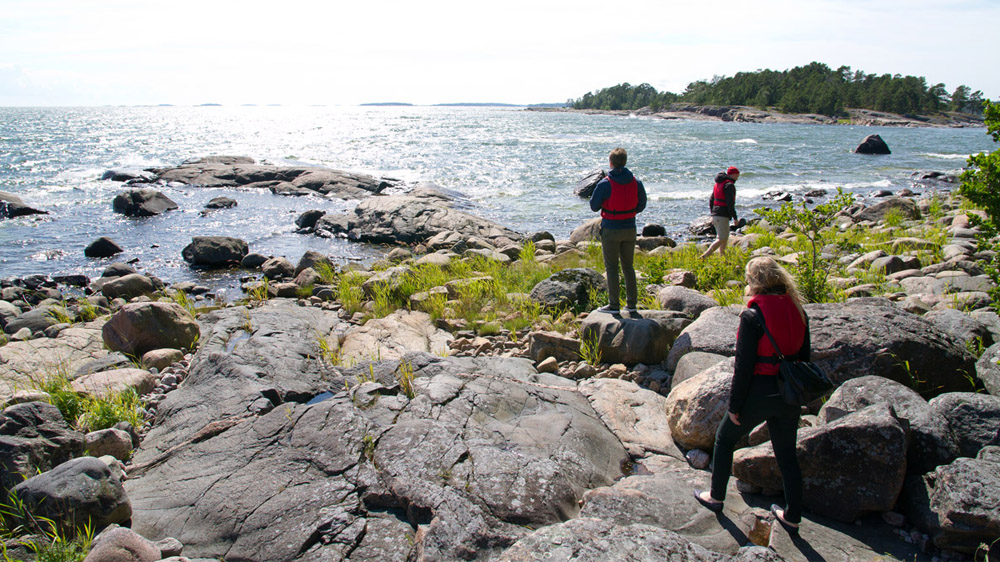
Espoo am Meer
Wer lieber an Land bleibt, findet ebenfalls reichlich Abwechslung: Für kulinarische Pausen mit Meerblick bieten sich das Café Nokkala Leuchtturm, Hanaholmen oder das Radisson BLU Espoo an – Letztere auch mit Übernachtungsmöglichkeit. Aktivurlauber können im neuen Wassersportzentrum Laguuni Kajak fahren, SUP paddeln oder segeln. Kulturinteressierte zieht es ins Gallen-Kallela-Museum oder ins Ausstellungszentrum WeeGee mit gleich vier Museen. Wer beides kombinieren möchte, kann eine Rundfahrt mit der gemütlichen Restaurantfähre RoyalCat der Espoo Line unternehmen.
Ob auf dem Wasser oder an Land – dank der modernen Metro sind die meisten Sehenswürdigkeiten Espoos heute schnell und bequem vom Zentrum Helsinkis erreichbar.
